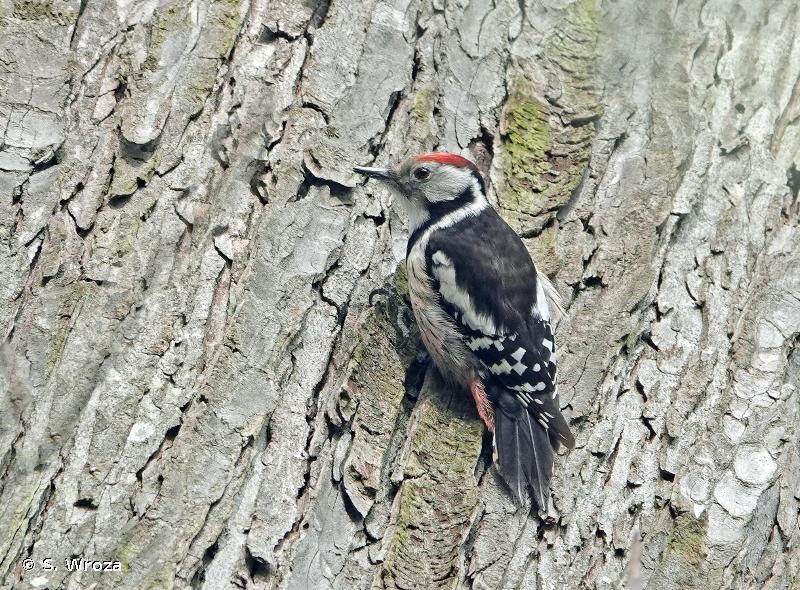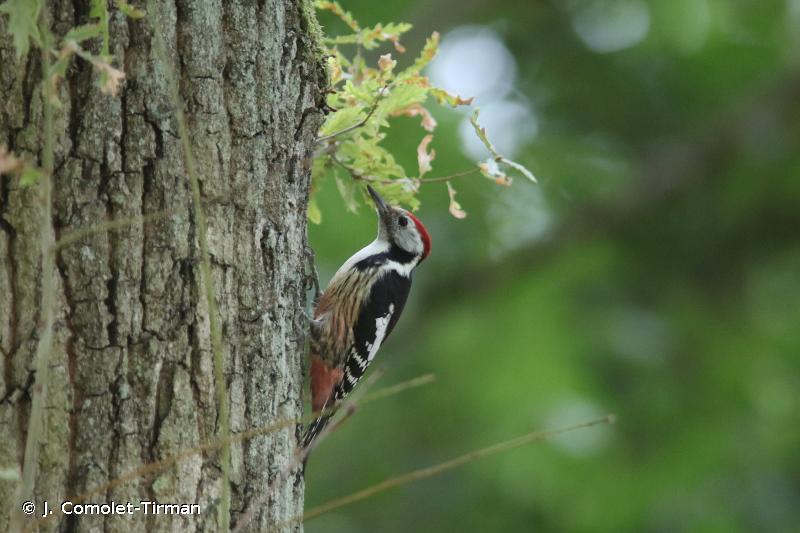
cd_nom

| Author : S. Wroza |
 |
Despite the Creative Commons license, please inform the author of the use which will be made of his photo

| Author : S. Wroza |
 |
Despite the Creative Commons license, please inform the author of the use which will be made of his photo

| Author : J. Comolet-Tirman |
 |
To get the picture, please visit:
Jacques Comolet-Tirman
email : inpn@mnhn.fr
Despite the Creative Commons license, please inform the author of the use which will be made of his photo

| Author : O. Roquinarc'h |
 |
To get the picture, please visit:
Océane ROQUINARC'H,
Muséum national d'Histoire naturelle,
Service du Patrimoine Naturel,
4 Avenue du Petit Château,
91800 BRUNOY
mail : oroquinarch@mnhn.fr
Legend: Forêt de Fontainebleau (77).
Despite the Creative Commons license, please inform the author of the use which will be made of his photo

| Author : O. Roquinarc'h |
 |
To get the picture, please visit:
Océane ROQUINARC'H,
Muséum national d'Histoire naturelle,
Service du Patrimoine Naturel,
4 Avenue du Petit Château,
91800 BRUNOY
mail : oroquinarch@mnhn.fr
Legend: Bois de Vincennes, Paris (75)
Despite the Creative Commons license, please inform the author of the use which will be made of his photo
Longueur 20-22 cm, envergure 33-34 cm, poids 50-80 g.
C’est un hôte des forêts caducifoliées matures et particulièrement des chênaies, mais il accepte les vieilles hêtraies mélangées et autres forêts de feuillus riches en bois mort sur pied. Sa préférence va vers les essences à écorce crevassée, riches en arthropodes de surface. Moins bien équipé que le Pic épeiche pour l’excavation (bec et muscles du cou moins puissants), il recherche les arbres sénescents ou morts et les branches attaquées par des polypores.
Il se nourrit presque exclusivement d’insectes, parfois aussi de graines et fruits. En période de reproduction, il recherche surtout des chenilles sur les troncs, les branches, les rameaux et les feuilles. Il peut prendre des positions acrobatiques et se laisser pendre la tête en bas. En hiver, l’excavation est surtout effectuée dans le bois pourri et la prospection en surface reste la méthode préférentielle.
Le Pic mar est monogame et plutôt solitaire en période internuptiale, bien qu’il se joigne volontiers aux rondes hivernales d’autres espèces. Moins défendus, les territoires s’élargissent et se chevauchent en hiver, puis les comportements agressifs reprennent en mars-avril. Le nid est un trou creusé dans une partie sénescente de l’arbre. La cavité mesure environ 35 cm de profondeur pour une entrée de 5 cm de diamètre ; elle est à une hauteur variant entre 1,25 m et 4,5 m. L’unique ponte de 4 à 7 œufs est déposée à partir de la fin avril. L’incubation dure 12 jours et les jeunes s’envolent lors de leur 4e semaine. Ils sont encore nourris par leurs parents durant les 2 semaines suivantes.
Spanneut, L.(Ecosphère, Service du Patrimoine Naturel.),2008
Continental
Metropolitan France
Overseas
Marine
Metropolitan France
Overseas
The map presents a summary at the 10 x 10 km grid of the observation data for the species transmitted to the SINP. These data have been subjected to validation filters.
The map presents a reference distribution layer of the species at the scale of departments and marine sectors. The presence and absence data were established by expertise within a network of partners. This reference distribution is used in the validation process of the SINP data at the INPN level.
Corresponds to a report on the basis of at least one observation proved within a period of 10 years (20 years for little-known invertebrates) preceding the year and no presumption of extinction since obtaining the last data nor doubt on reproductive and implemented nature of this population. For migratory species, the presence indicated concerns areas of reproduction.
This status is based on one or more of the following criteria:
This point covers the absence, more difficult by nature to demonstrate than presence. This status is based on one or more of the following criteria:
This status must be assigned to a department in which the presence of the species is casual.
Particular case of absence due to a proven extinction less than a half century ago (older disappearances are treated as "no probable or definite").
In the state of knowledge, we can not comment on the presence or absence in the current department. This is the default status when not comprised in one of the previous categories or whenever there is doubt.
The map shows the global distribution of the species based on GBIF data (Global Biodiversity Information Facility).
